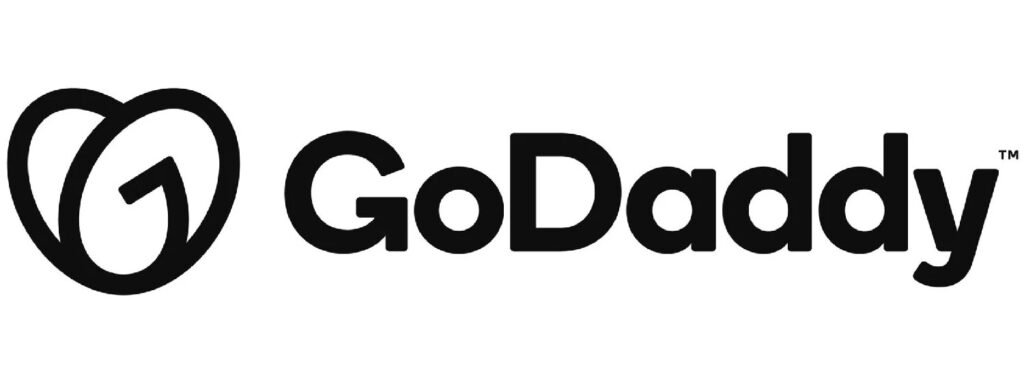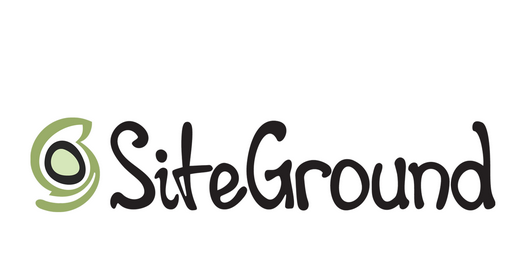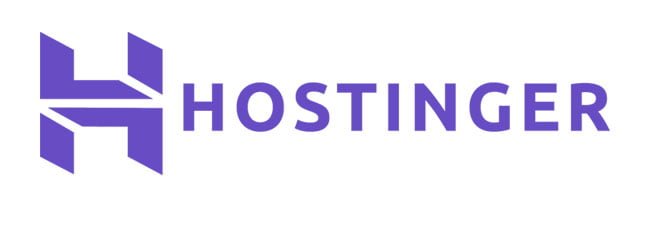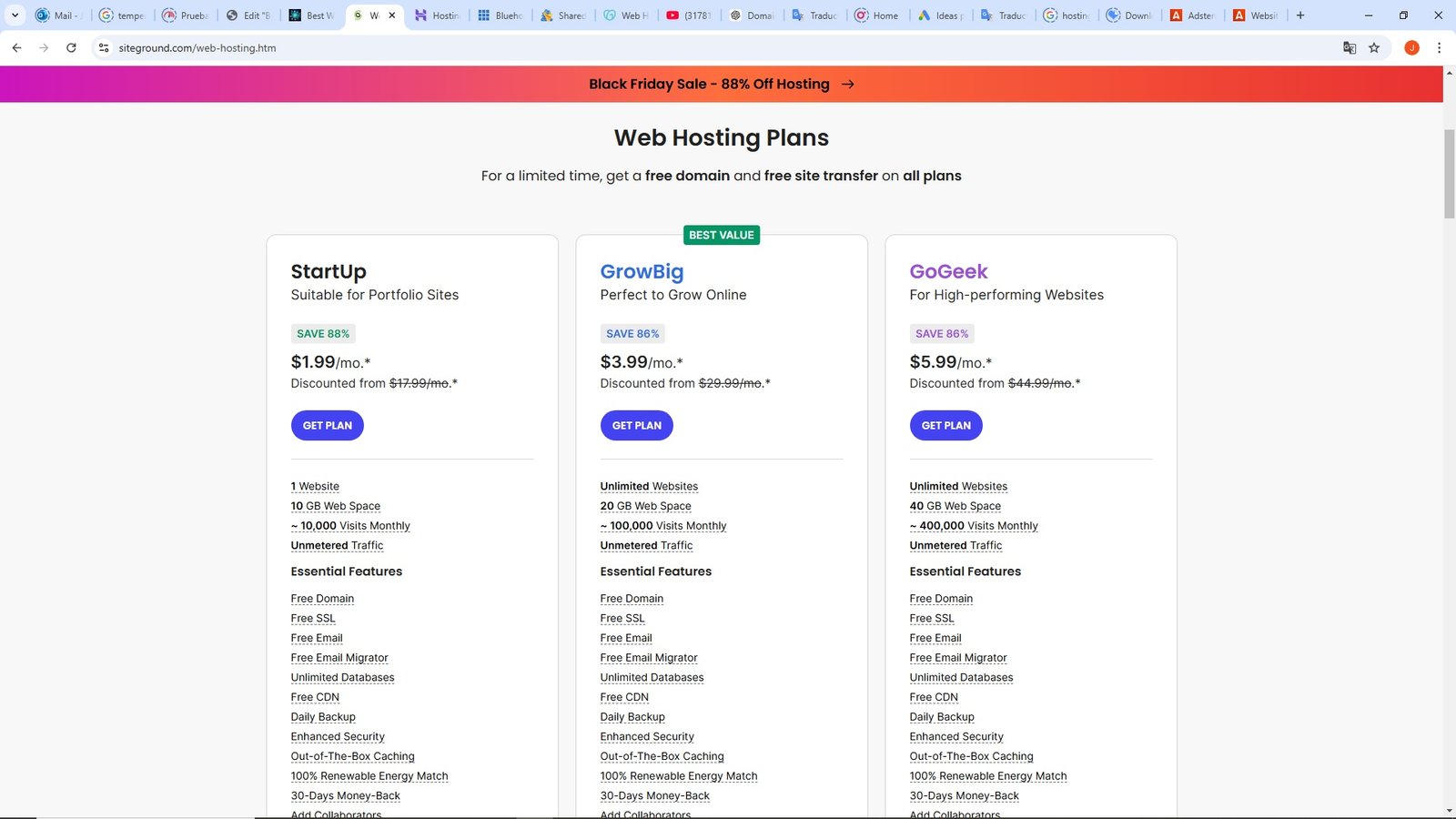
If you have already overcome the biggest challenge to start a business, the first step, and you have come to the conclusion that you do need to create a website to do business online, in this post we will show you the key considerations and elements BEFORE starting to create a website.
This preparation is crucial, as it will shape the strength, appeal, and success of your online presence. From understanding your audience and setting clear objectives to selecting the right design and technology, we’ll outline the strategies to ensure your website is not just functional but a powerful asset in your business journey. Prepare to take the next leap, with purpose and clarity.
Starting at age 44, your energy, metabolism, and overall well-being may be silently declining. Don’t wait for symptoms.
When Planning to Create a Website What is one of the Key things you Should Consider?
To create a website, you must first define the type and niche of the site. Site Type defines the primary kind of value your site will offer visitors and can be classified into three categories: informational, entertainment, and e-commerce. No one type is necessarily easier to build or more cost-effective than another.

Type of the Website
When you go to create a website, it is recommended It is recommended that you choose a type of website based on your own knowledge, experiences, passions, strengths and resources. It is common to group information and entertainment sites as content sites since they are not physical products but valuable content itself.
Whatever type of site you choose, you are not bound or limited to just one type, even for your site to be popular and profitable, it is usually necessary to start with one type and then combine it with another or others.
Most popular Types of Websites
Websites can be categorized into several types based on their purpose and functionality. Here are some common types:
- E-commerce Websites: These sites are designed for online buying and selling of products or services.
- Blogs: Platforms for individuals or organizations to publish regular content on various topics.
- Portfolio Websites: Showcases the work, skills, and achievements of individuals such as artists, photographers, designers, etc.
- Business Websites: Promotes a company’s products, services, and provides information about the business.
- Educational Websites: Offers online courses, learning materials, and educational resources.
- Social Media Websites: Platforms that allow users to connect, share content, and interact with others.
- News and Media Websites: Provides news articles, videos, and other media content.
- Nonprofit Websites: Promotes charitable causes, accepts donations, and provides information about the organization’s mission.
- Personal Websites: Created for personal branding, sharing personal interests, and networking.
- Forums and Community Websites: Platforms for discussions, sharing knowledge, and connecting with like-minded individuals.
These are just a few examples, and many websites can fall into multiple categories or have unique functionalities.
Niche of the Website
In addition to choosing what type of site to start with, you should also choose a niche for your site. The niche specifies in one sentence what your site will be about. It can be a general niche (health) or a more specific niche (weight loss diets). Either way, your site should not stray from the niche you choose.
Brand consistency is a key aspect of developing a popular and profitable site, because a precise focus on a niche will make it easier to rank high in search engines and therefore attract a greater flow of visitors, something so vital to monetize your site. If you keep that approach, visitors will start to think of your site as the place to go to get information about what interests them.
There are a virtually unlimited number of trending niches you can choose from. Instead of choosing the most popular and profitable one you can find, I recommend that you choose a niche that reflects your own interests and passions. If you select a niche that you find interesting and enjoyable, you will have a much better chance of being successful in it.
Of course, no matter how intense your personal interest in a particular niche is, you must also realistically evaluate the popularity of the niche, with the product or service having enough demand to generate a good income. When you have found a niche that is interesting and popular, the third step is to consider the competition.
Most popular Types of Niches
Websites can target various niches or specific areas of interest. Here are some common website niches:
- Health and Wellness: Focuses on topics related to physical and mental health, fitness, nutrition, and wellness practices.
- Technology: Covers news, reviews, and discussions related to gadgets, software, IT solutions, and emerging technologies.
- Fashion and Beauty: Provides content on fashion trends, beauty tips, makeup tutorials, style guides, and product reviews.
- Travel and Tourism: Offers travel guides, tips, destination reviews, travel stories, and booking services for hotels, flights, and tours.
- Finance and Investing: Provides information on personal finance, budgeting, investing strategies, stock market news, and financial planning.
- Food and Cooking: Features recipes, cooking techniques, culinary tips, restaurant reviews, and food-related content.
- Parenting and Family: Focuses on parenting advice, child development, family activities, education, and childcare tips.
- Gaming: Covers video game reviews, gaming news, tips, strategies, walkthroughs, and discussions on gaming culture.
- Pets and Animals: Provides information on pet care, pet training, animal behavior, veterinary advice, and pet product reviews.
- Environment and Sustainability: Discusses environmental issues, sustainability practices, green living tips, and eco-friendly products.
These niches can be further divided into sub-niches based on specific interests or target audiences. For example, within the technology niche, you might find sub-niches like mobile technology, cybersecurity, software development, etc. Each niche caters to a distinct audience with unique interests and needs.
What are the Essential Elements we Need to Create a Website?
To have a website accessible on the Internet at all times, you must have a Domain Name and a Web Hosting Server to host your website.
Domain Name
A domain name is the first thing you need to create a website and it is the unique web address that you type into the address bar of a web browser to visit a website. Some examples of domain names are WordPress.org and Google.com.
When registering a domain name, consider the extension you want. The .com, .gov, .edu, .net, .org, .info, or .biz extension that you see tagged at the end of any domain name is the top-level domain extension. When you purchase a web hosting plan, you are asked to register your domain name and choose the extension you want for it, so you must have previously analyzed and decided what that name will be (having more than one option per domain). if the desired one is not available) according to the niche of your online business (as long as it is available, of course and this will be indicated to you by the hosting provider).

The domain name should be easy to remember and be as short as possible (although it is possible to have one of 63 characters maximum).
One of the advantages of .com domains is their presence on the Internet. .com domains are the most used and most related to the Internet. This makes website recall virtually instantaneous.
Web Hosting
You can register your domain in one place and host it somewhere else, although it is more practical to both on a single server since most web hosting service providers also offer domain registration and also free the first year when purchasing a hosting plan. . Factors to consider when selecting a web hosting provider are: reliability, performance, bandwidth limitations, web space, price, and the peripheral services offered.
A site that frequently goes down will lose visitors and search rankings. Ideally, you should look for a minimum uptime guarantee of 99.5% or higher. The web host must provide some type of money-back guarantee if they don’t live up to their promise.
Server speed is an important factor to consider. A slow site will appear less professional to visitors, which reduces your credibility and therefore your conversion rates. It will also lower the site’s quality score on Google and your search rankings will suffer as a result.
Web Hosting Types
There are two basic types of web hosting packages: shared and dedicated. On a shared host the server is shared by many webmasters, while on a dedicated host you have the server and all its resources to yourself. The dedicated type offers faster response time under high traffic loads and greater control.
However, the shared host type is much cheaper, and is recommended when you start. Most personal or small business sites will never need a dedicated server, although you may want to look into it if your site reaches more than 10,000 visitors per day. A transfer with fewer visitors may be necessary if your site offers dynamic content instead of static.
If you plan to offer file downloads or media streaming through your website, these should not be hosted on the same server that hosts your site, otherwise your site’s performance will be affected by the number of people using them. services that consume a lot of bandwidth.
Domain Name and Web Hosting Prices
Domain name prices vary depending on the extension (.com, .org, .net, etc.) and service provider. On average, a domain name can cost between $10 and $20 USD per year for common extensions such as .com, .net or .org. However, most Hosting service providers offer discounts and even provide them to you for free for the first year. Some providers also offer a 15-day or one-month money-back guarantee. Of course, all this if you buy a Hosting plan.
As we already mentioned, shared web hosting, where your website shares server resources with other websites, is usually the cheapest option. Shared hosting plans can vary in price depending on the provider and included features, but you can generally find options from $3 to $10 USD per month.
Don’t pay more for services you’re not sure you need. Many web hosts will try to sell you many unnecessary services while you register with them.
Some of the Most Prestigious Web Hosting
Take your time, get information from their websites and select the Host that best suits your needs. Over time, the effort will be worth it.
The best way to get a first look at a potential web host is to visit their website. Normally you will see a page that divides several plans into some basic categories, as you can see by clicking on any of the following providers that are among the most prestigious and have been on the market for many years, for example GoDaddy and Bluehost since 1996 and 1997 respectively.
In turn, Siteground, Hostinger, Bluehost, Hostgator and GoDaddy have been in operation since a little after the beginning of this millennium. By the way, our site https://technologysplendor.com/ is hosted precisely by the web hosting provider Hostinger.

The image below shows the hosting plans of one of the providers we just listed, of course, as of the date this article was written. To see plans and prices in real time, just enter their website by clicking on the links above corresponding to each provider or directly on the image, in this case for Siteground:
Discover More of Technology Splendor: Explore Our Other Sites
Your Health is your Best Investment
Energy, clarity, and balance are the foundation of every dream. Without health, wealth loses its shine and relationships lose their spark. Discover strategies to strengthen your body, sharpen your mind, and energize your spirit.
Learn How to Protect It →Relationships Give Life Meaning
Health gives you energy. Wealth gives you freedom. But only deep, authentic relationships give life true purpose. Discover the tools to connect, love, and communicate at your best.
Improve your Personal and Business Relationships





